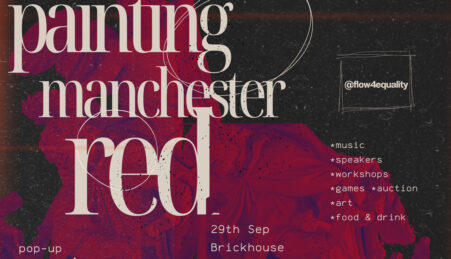
By Jamie Ryder
Having become a volunteer at Manchester Museum in the city’s Oxford Road, I’ve seen a range of fascinating artifacts and models from all over the world. A model that caught my eye was a cast iron stag beetle that exposed me to the art of Jizai Okimono. Jizai Okimono is the creation of anatomically correct animals, including insects, reptiles, birds and mythical creatures like dragons. It can be translated to mean ‘articulated figurine’ or ‘move freely decorative object.’
Jizai Okimono has its origins in Japan, having been created by samurai swordsmiths to prove they were capable of making artistic objects. They are made through the process of Chōkin and Uchidashi, counterparts to the western art of Chasing and Repousse. The Chōkin element involves the use of a hammer and shaping the metal to refine the base into a proper form. The Uchidashi process differs from Repousse because it begins by pushing on a rough area to create a bulge in the metal whereas Repousse is used to define form and clean it up with Chasing.
Once the metal work has been made each part of it will be articulated, meaning the limbs will move when you touch them. Jizai Okimono is defined by realism with the usage of metals like silver and copper to create a bright sheen. Many objects made in this style are crafted down to the exact proportions of the animal they depict.
One of the most common examples is the Hiromi Spiny Lobster, with a variation of small, medium and large sizes. The medium sized ones are the most typical at 30cm when folded with the antenna. The larger ones can be over 50cm when folded and almost 4 feet in length when not. The lobsters are usually made out of bronze and have hammered out patterns to replicate a spine and texture of a carapace.
The beauty of Jizai Okimono lies in the intricacy of the design and the skill of their makers who had more of a reputation for crafting weapons. Each object should be handled with respect and praised for the innovation.
For more information about the collections at Manchester Museum, visit the Museum website.







Leave a reply